
Azure and yellow murano glass from Sunnei Objects III.

Azure and yellow murano glass from Sunnei Objects III.
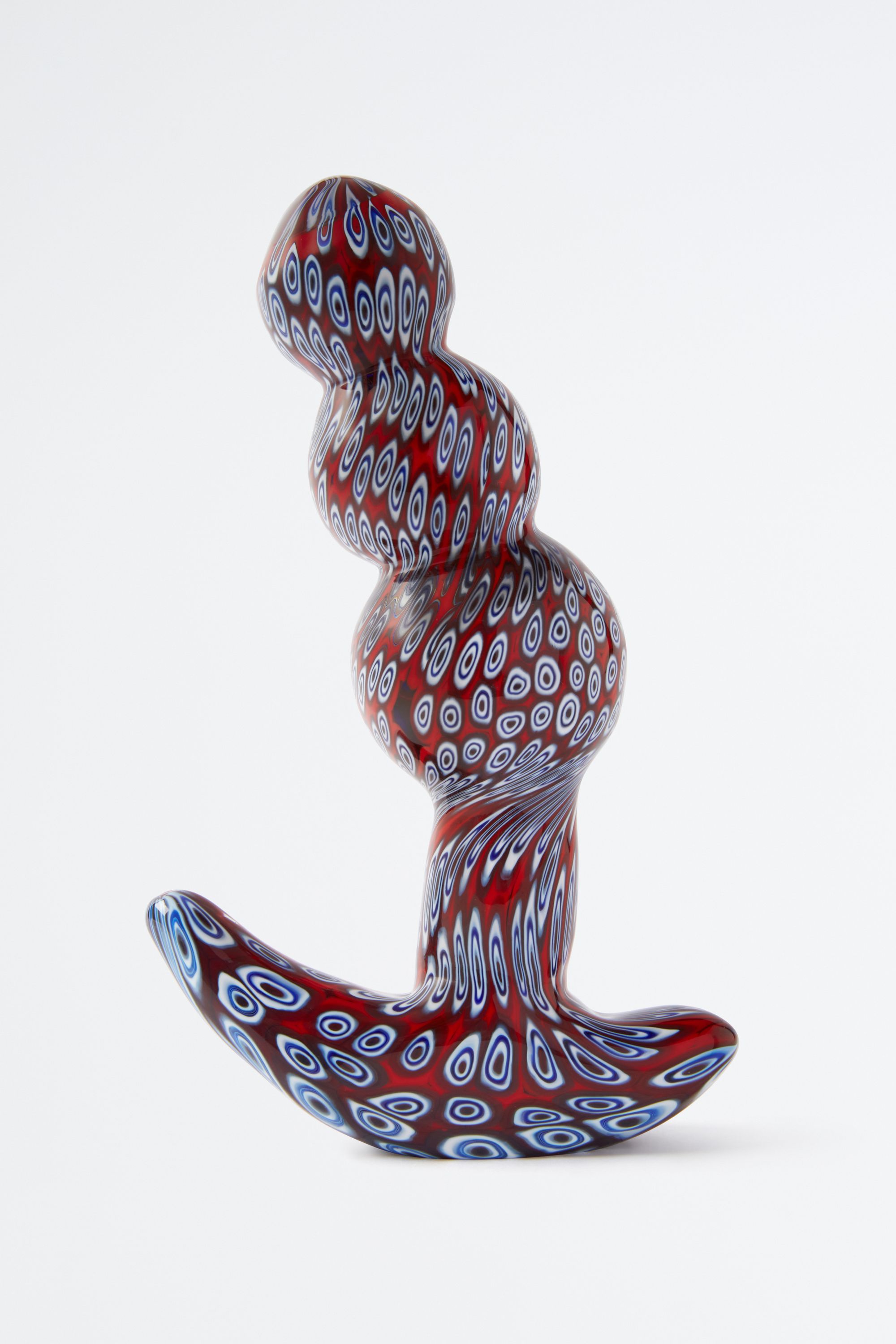
Murano pleasure object from Sunnei Objects III.
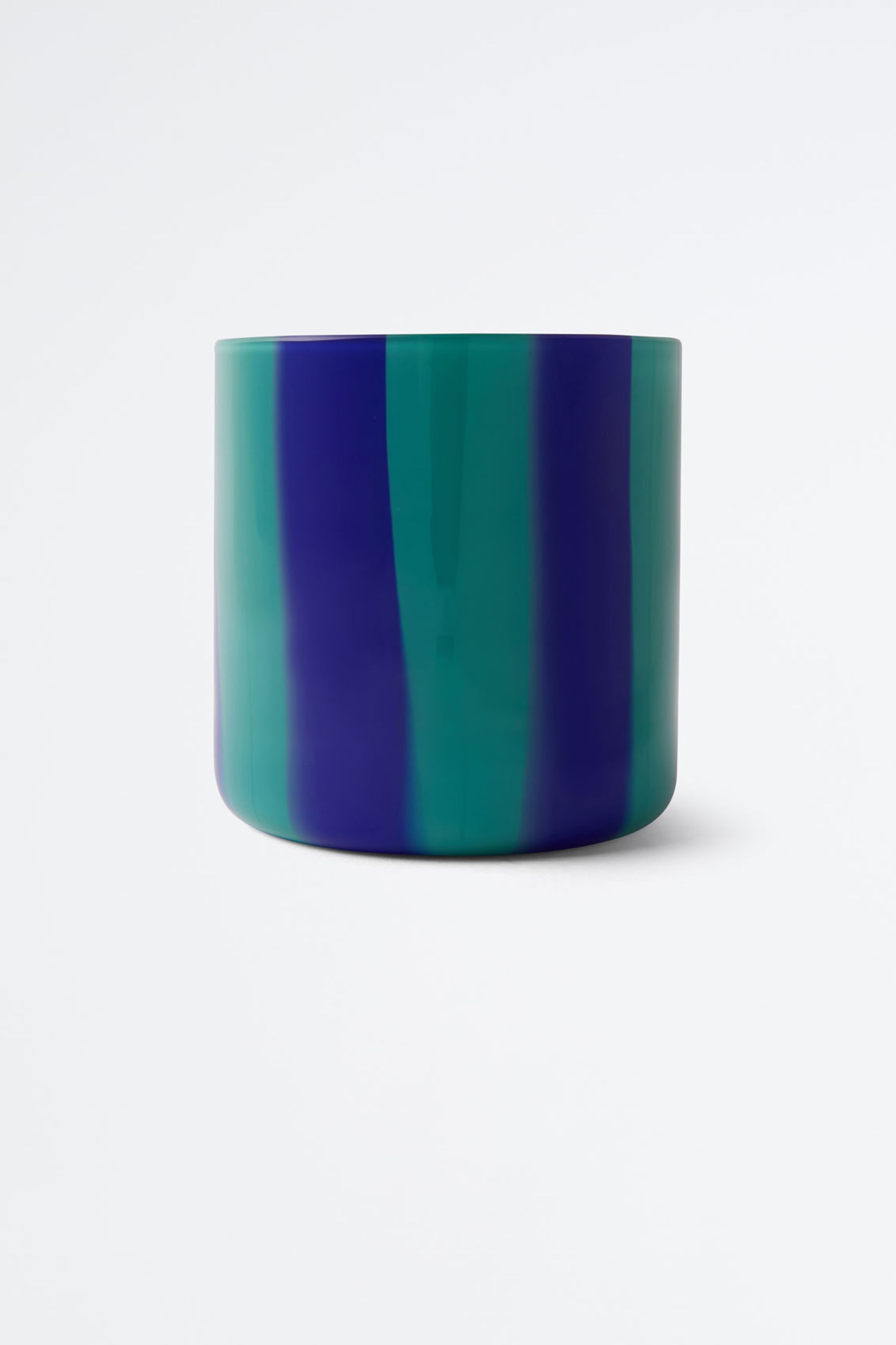
Green and blue Murano glass from Sunnei Objects III.
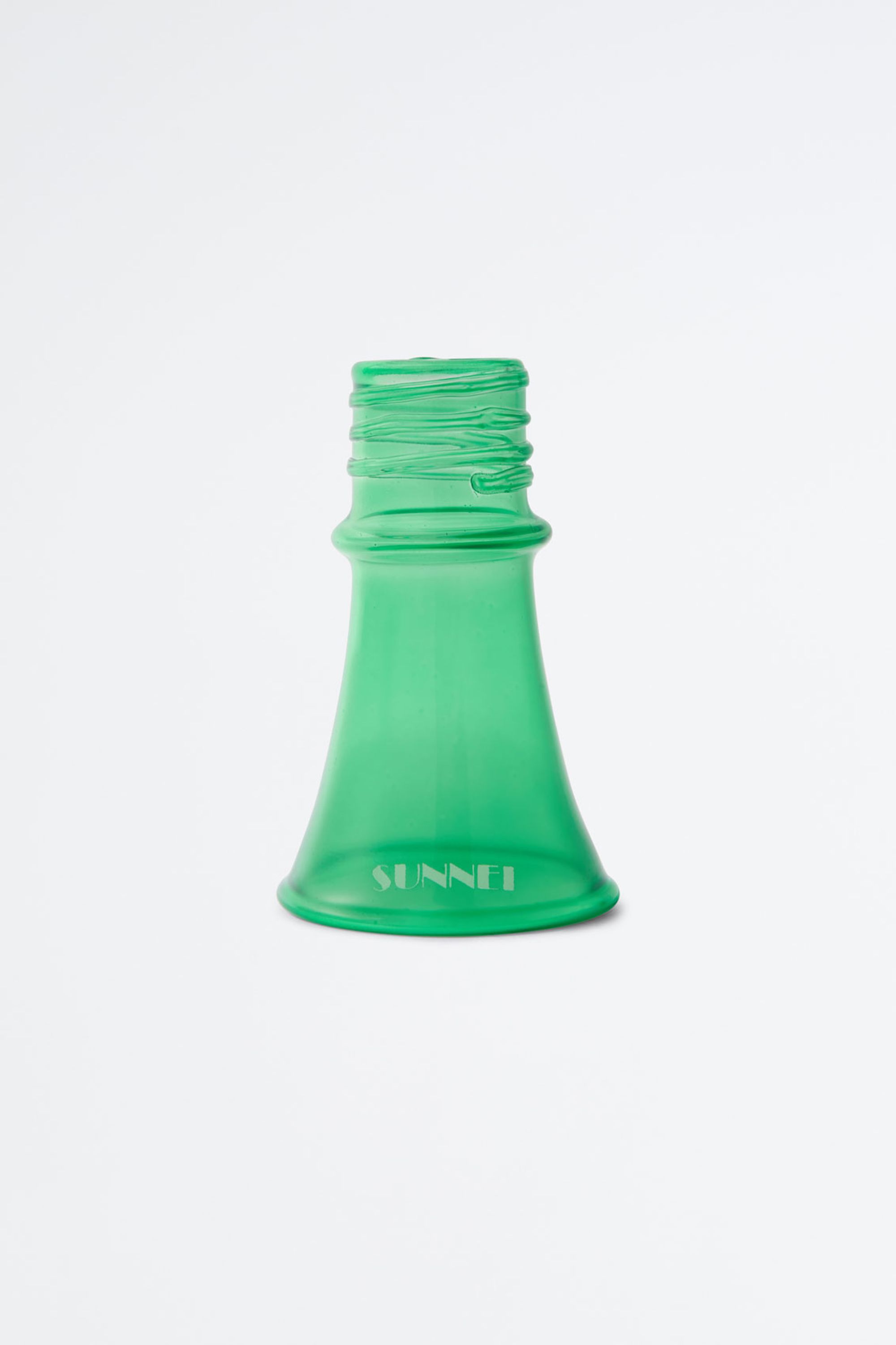
Frizzante candleholder from Sunnei Objects III.
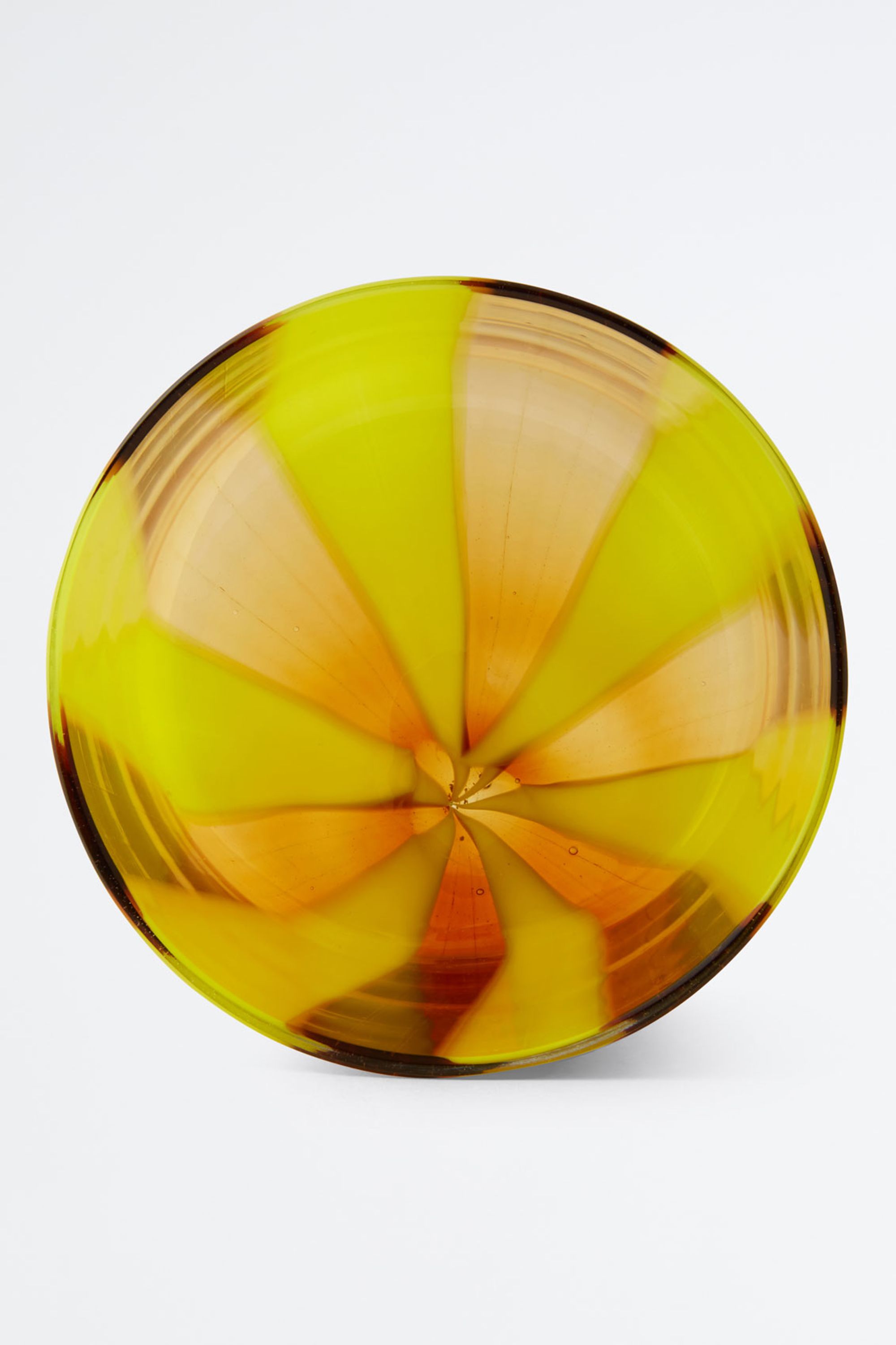
Red and yellow Murano glass from Sunnei Objects III.
It’s 2019 and I’m standing in front of an iPhone streaming live on @sunnei IGTV. I’m trying on clothes from their collection while thousands of followers watch me undress and hang around in what, to me, feels like an embarrassing spectacle. But it seems to be working — a €2000 coat gets sold. My friends chuckle from behind the camera — they asked if I’d do it — as it’s as fun for them as it is for me, this whole thing. Something else gets sold, someone says, a moment that now reminds of the Selling Sunset “ring-that-bell” cliché when a multimillion-dollar home gets sold at the Oppenheim Group. My friends chuckle from behind the camera during the livestream — they asked if I’d do it — as the whole experience is as funny for them as it is for me.
Since its founding in 2015, the Milan-based fashion and design brand Sunnei has come to signify a powerful code of playful essentialism that extends beyond clothes to become a whole lifestyle. For me personally, it has come to signify an adjacency — and friendship! — with many members of the Sunnei crew, past and present.

Sunnei’s conceptual dinner party at their Milan HQ, Palazzina Sunnei.
The Sunnei lifestyle is its own thing. You can tell it’s a combination of instinct, spirit, chaos, heart, guts, affection, charm — it’s pure alchemy. In today’s hypervisual ecosystem, what has often been described as “millennial aesthetics” has surfaced in the mainstream as a way for an entire generation to identify itself. The brand is no stranger to these mechanisms, although it embodies the millennial zeitgeist, it does so without the dried-out tendency to follow, digest, and arbitrarily inject trends.
Authenticity is a very millennial word — especially when paired with related terms such as “organic” and “essential” — and it’s become a pillar of contemporary image-making and branding. In the age of the algorithm, products are presented to target demographics as if they were conceived, designed, and produced with an extremely personal experience in mind. Authenticity now means you’re consuming something that’s made just for you.
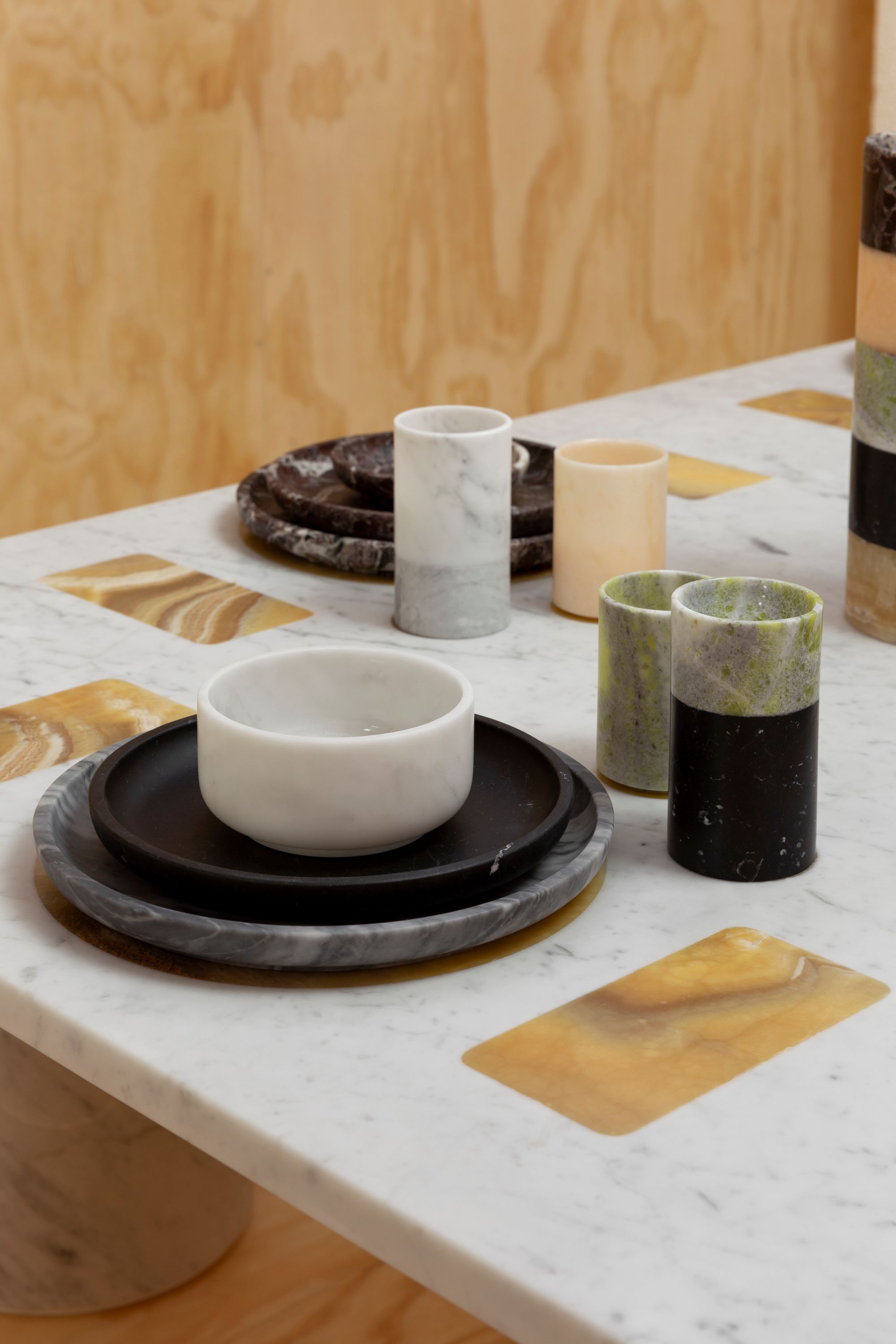
Sunnei Objects III installation at their Milan HQ, Palazzina Sunnei.
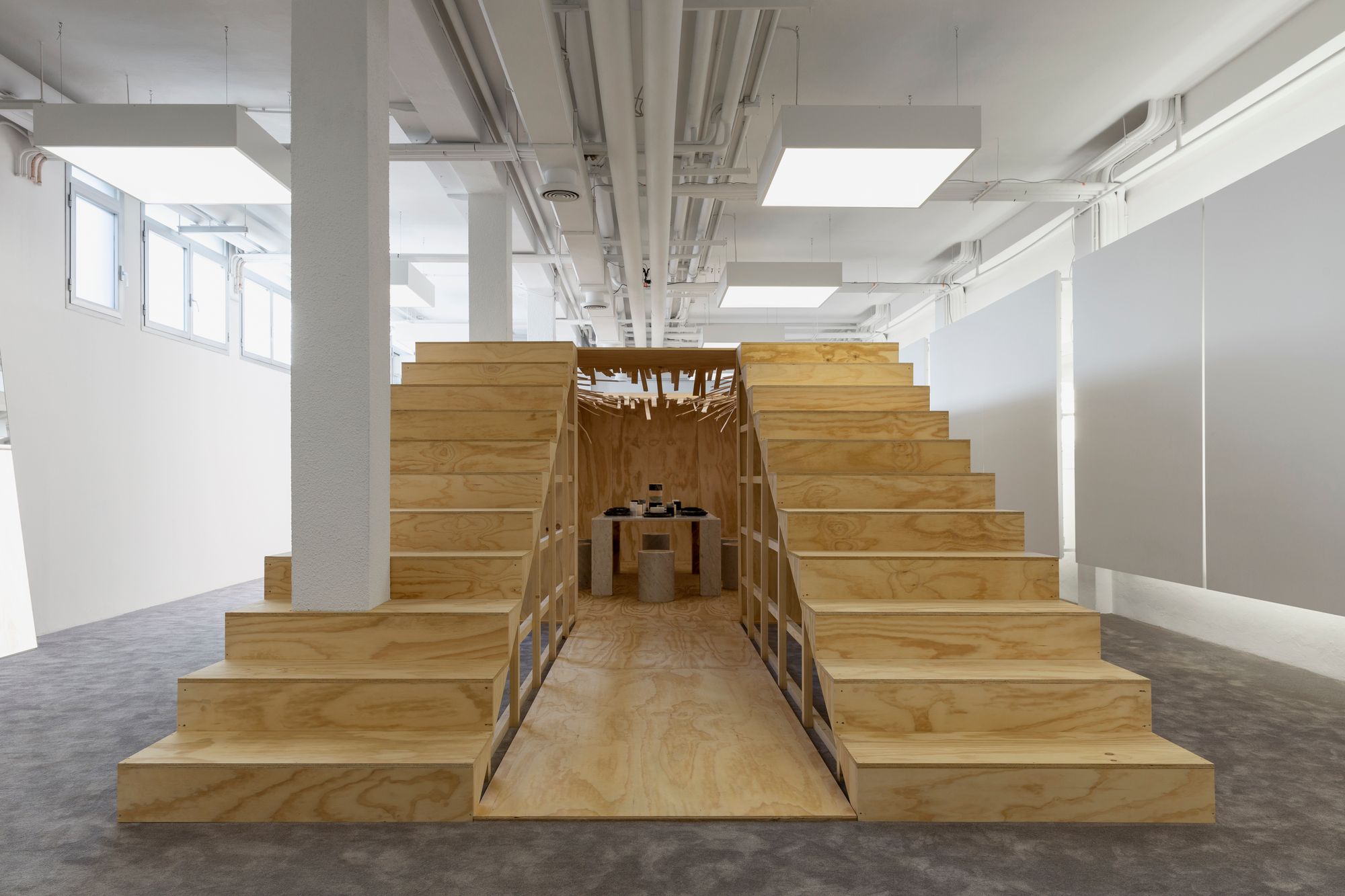
Sunnei’s collaboration with Bloc Studios at their Milan HQ, Palazzina Sunnei.
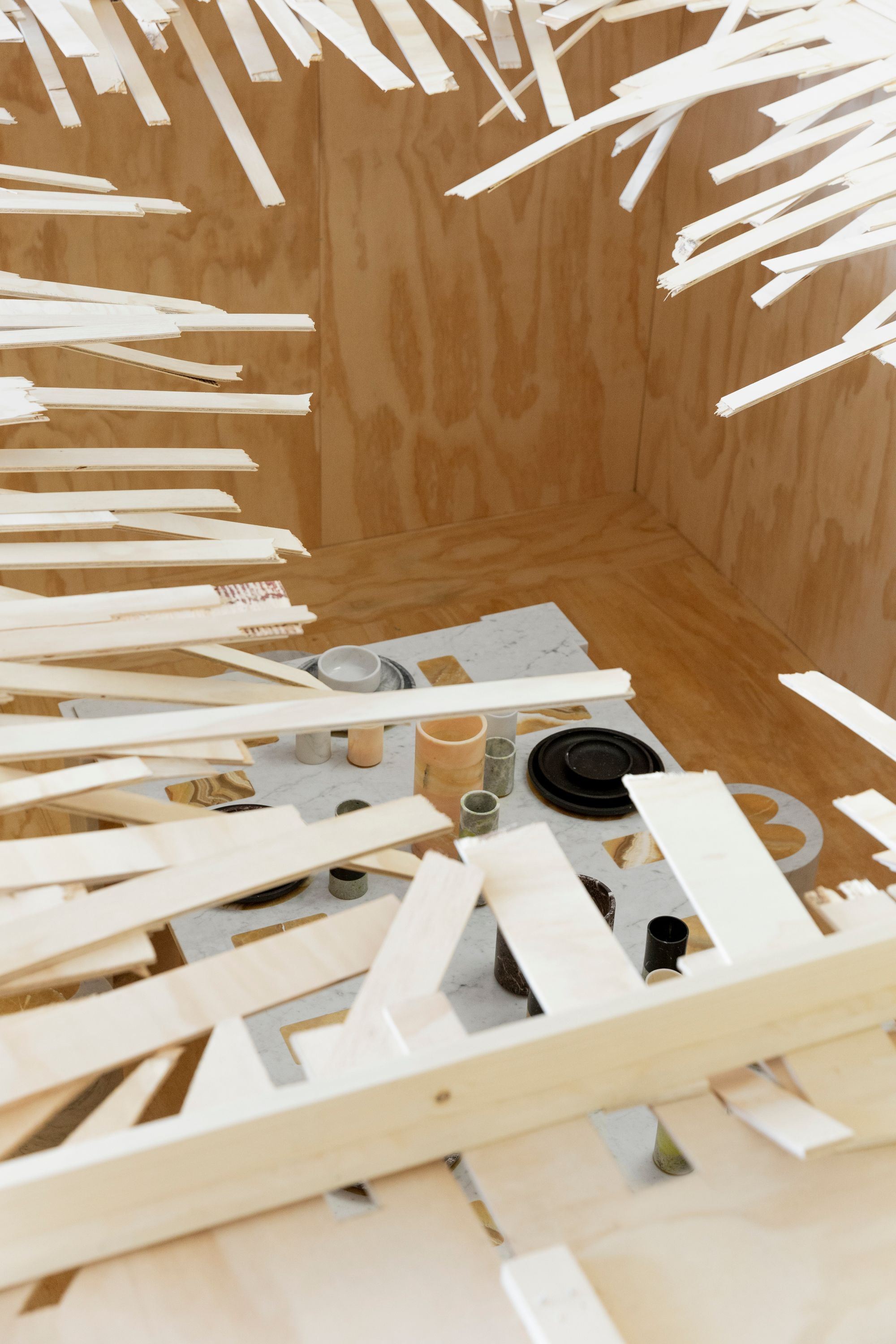
Sunnei’s collaboration with Bloc Studios at their Milan HQ, Palazzina Sunnei.
Sunnei produces clothes and objects that are not designed to be “authentic” in this sense. They’re designed with a sense of coherence that connects everything the brand has created, forming a specific language that’s understood by their customers, supporters, and fans. Ironically, founders Loris Messina and Simone Rizzo — legend has it — have been collecting fake replicas of their brand’s pieces from all over the world, fascinated by how such items redefine the notion of authenticity.
The brand’s authentic authenticity — excuse the tautology — comes to life at the dinners regularly served family-style at their Milan HQ, Palazzina Sunnei. A familial ethos with an Italian touch of elegance and good manners — a convivial scene of friends alongside their young, dynamic team around a table filled with design objects, new and vintage, by the likes of Sam Stewart, Mario Bellini, and Odd Matter, to name but a few.
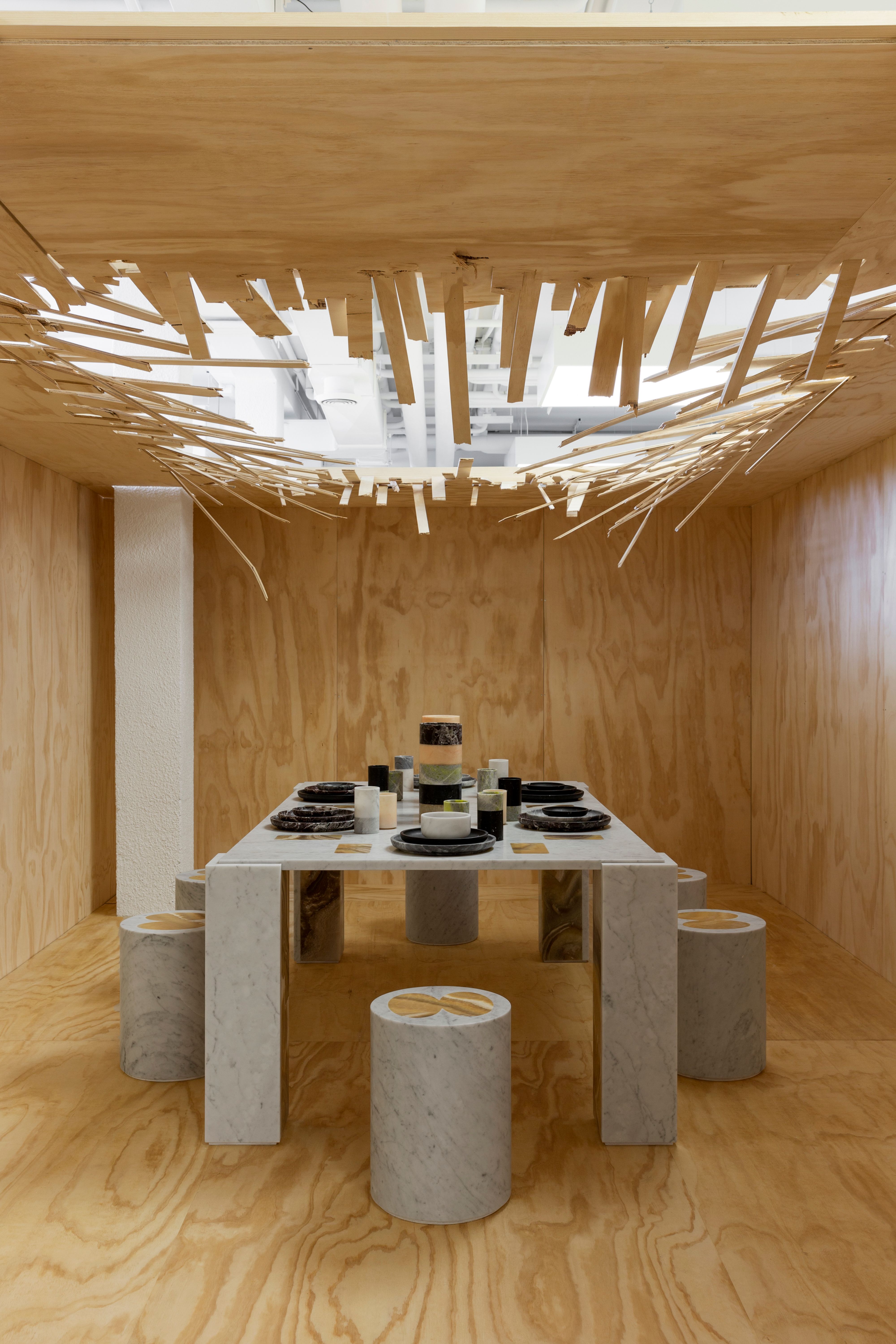
Sunnei’s collaboration with Bloc Studios at their Milan HQ, Palazzina Sunnei.
The metaphor of the dinner party has been employed as a narrative device many times across the spectrum of cultural production. Judy Chicago’s installation The Dinner Party (1994) instantly comes to mind: 39 elaborate place settings on a triangular table for 39 mythical and historical famous women; Roman Polanski’s 2011 film Carnage unfolds through a set of chaotic interactions between four characters orchestrated around the domestic setting of a dinner party; in artist Aria Dean’s video work Production for a Circle, two young, fashionable couples convene for dinner and everything loses its shape; in the only play Pier Vittorio Tondelli ever wrote, The Dinner Party, an innocent dinner becomes a comical, unusual drama, which the writer himself described as “a cruel yet entertaining game of coups de théâtre, betrayals, revelations, and ambiguity.”
For the third iteration of Sunnei’s object collection, presented to the public during 2022 Milan Design Week with an installation conceived in collaboration with Studio Mare, Sunnei Objects III, Messina and Rizzo worked with Carrara-based design brand Bloc Studios to transform their lively dinner party ethos into a surreal, one-of-a-kind marble set of items playing with brutalist shapes, elevated by timeless materials. Three different-sized plates, a bowl, glasses, wine pots, and a pitcher sit on a rectangular table — their place indicated by shapes cut onto the marble surface, setting the table for six guests.
As in a theater-of-the-absurd kind of way, this table and objects are a vehicle for interaction, an imaginative expression of the human condition and relation, a fictional stage that breaks away from the realistic to transcend into the subconscious, the absurd. Logical construction and argument give way to irrational and illogical speech: anything can happen when you gather a diverse cast of characters around a table. But, we’re not in a Samuel Beckett or Eugène Ionesco’s play. We’re at dinner. This time, with my clothes on.